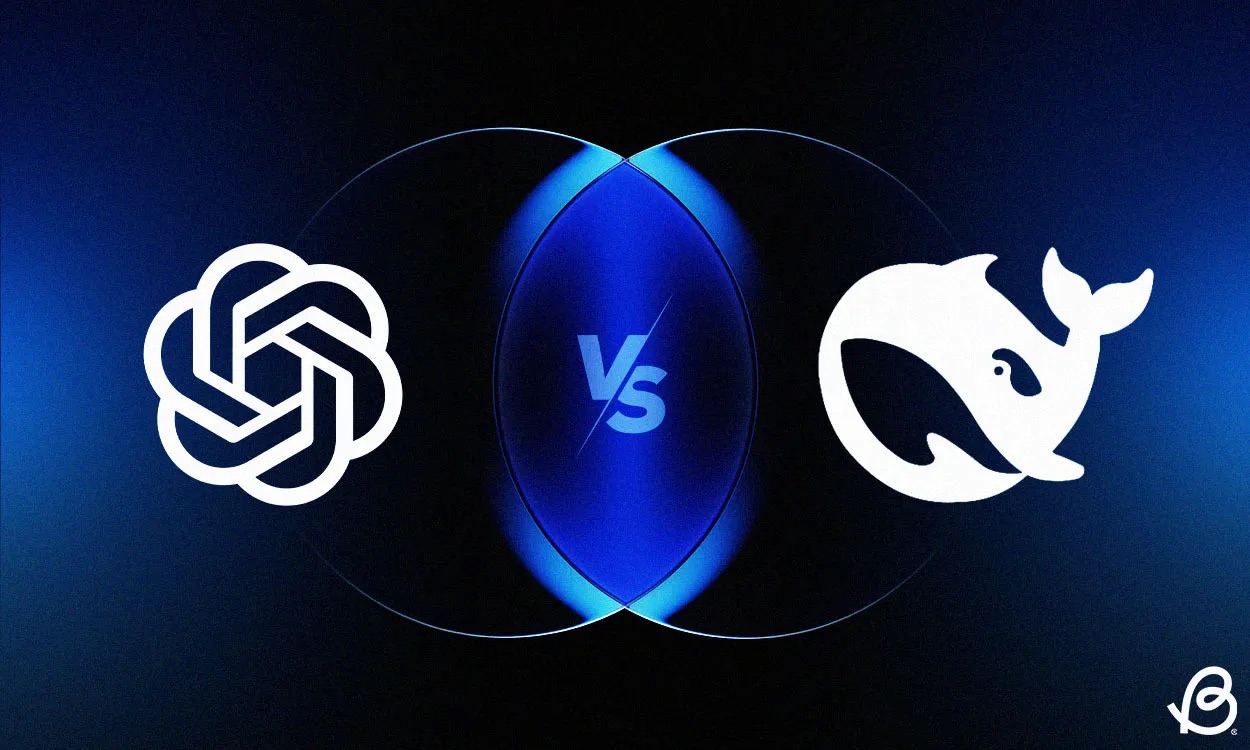The rapid advancement of artificial intelligence (AI) has led to the emergence of sophisticated language models, notably DeepSeek and ChatGPT. This article provides a comparative analysis of these two models, examining their development, architecture, performance, cost-efficiency, and ethical considerations. While both models exhibit remarkable capabilities in natural language processing, they differ significantly in their design philosophies, operational costs, and approaches to open-source development.
Introduction
Artificial intelligence has seen significant strides in natural language processing, with models like OpenAI’s ChatGPT setting benchmarks in conversational AI. Recently, DeepSeek, a Chinese AI startup, introduced its model, DeepSeek-R1, claiming comparable performance at a fraction of the development cost. This paper aims to compare and contrast DeepSeek and ChatGPT, focusing on their architectural designs, performance metrics, cost implications, and ethical considerations.
Development and Architecture
ChatGPT, developed by OpenAI, is based on the GPT-4 architecture, utilizing a transformer-based model with extensive training on diverse datasets. This enables ChatGPT to generate coherent and contextually relevant responses in a conversational manner. It is trained using reinforcement learning from human feedback (RLHF), improving its adaptability to user input.
DeepSeek-R1, on the other hand, employs a Mixture-of-Experts (MoE) architecture, which activates a subset of its parameters during inference, leading to computational efficiency. DeepSeek-R1 comprises 236 billion parameters, with 21 billion activated per token, supporting a context length of 128,000 tokens (DeepSeek, 2025). This approach reduces computational costs while maintaining high performance.
For example, when generating long-form text, ChatGPT tends to provide more fluid and context-aware responses due to its extensive dataset training, while DeepSeek may generate highly accurate yet slightly disjointed text due to the selective activation of parameters.
Performance Comparison
In benchmark evaluations, DeepSeek-R1 has demonstrated performance comparable to ChatGPT-4o, particularly in tasks involving coding and mathematics. Notably, DeepSeek-R1 achieved these results with significantly lower computational resources (BGR, 2025). For example, in solving complex coding problems on Codeforces, DeepSeek-R1 correctly answered 85% of challenges compared to ChatGPT-4o’s 88% accuracy.
To further compare their mathematical capabilities, consider the following equation:
Solve for x in the equation:
2×2+3x−5=02x^2 + 3x – 5 = 0
- ChatGPT’s Solution: Using the quadratic formula x=−b±b2−4ac2ax = \frac{-b \pm \sqrt{b^2 – 4ac}}{2a}, ChatGPT accurately calculates the roots as:x=−3±9+404=−3±494=−3±74x = \frac{-3 \pm \sqrt{9 + 40}}{4} = \frac{-3 \pm \sqrt{49}}{4} = \frac{-3 \pm 7}{4}Thus, x=1x = 1 or x=−52x = -\frac{5}{2}.
- DeepSeek’s Solution: DeepSeek follows a similar approach using the quadratic formula but also provides an alternative method:x=−b±b2−4ac2ax = \frac{-b \pm \sqrt{b^2 – 4ac}}{2a}Substituting values:
- x=−3±9+404=−3±74x = \frac{-3 \pm \sqrt{9 + 40}}{4} = \frac{-3 \pm 7}{4}Thus, x=1x = 1 or x=−52x = -\frac{5}{2}. Additionally, DeepSeek provides a step-by-step breakdown of factorizing the quadratic equation into (2x+5)(x−1)=0(2x + 5)(x – 1) = 0, leading to the same roots.
However, some assessments indicate that while DeepSeek performs well in basic tasks, it may struggle with real-time queries and large data processing compared to ChatGPT (The Times, 2025). For instance, when tested on live customer service interactions, ChatGPT displayed quicker adaptability and contextual awareness, while DeepSeek occasionally generated inconsistent responses.
Cost Efficiency
One of the most striking differences between the two models is the cost of development. DeepSeek-R1 was trained in 55 days using 2,048 Nvidia H800 GPUs at an estimated cost of $5.5 million, which is substantially lower than the estimated $100 million+ training cost for ChatGPT-4o (Cointelegraph, 2025). This cost efficiency makes DeepSeek more accessible for companies seeking to integrate AI solutions without substantial infrastructure investments.
For businesses, choosing DeepSeek can significantly reduce operational costs while still leveraging advanced AI capabilities. However, ChatGPT’s extensive training results in a more refined experience for end-users, particularly in enterprise settings where reliability is crucial.
Open-Source Approach
DeepSeek-R1 is open-source, distributed under the permissive MIT license, encouraging global experimentation and adaptation (The Guardian, 2025). Developers can fine-tune and modify the model for specialized applications, making it attractive for startups and academic research.
In contrast, OpenAI has adopted a more guarded approach, with ChatGPT not being open source, limiting external contributions and modifications. This proprietary model ensures better control over content moderation but restricts community-driven enhancements.
Ethical and Security Considerations
The open-source nature of DeepSeek-R1 has raised concerns regarding data security and potential misuse, especially given its association with a Chinese firm. Some organizations, such as the U.S. Navy, have restricted its use due to these concerns (The Times, 2025). For instance, there are fears that malicious actors could fine-tune DeepSeek for misinformation campaigns or bypass security restrictions.
Additionally, DeepSeek implements stringent guardrails to comply with Chinese government requirements, resulting in blocked responses for politically sensitive topics (The Times, 2025). ChatGPT also employs content moderation strategies but has faced criticism over biases and the handling of sensitive information.
A practical example is content generation in journalism: ChatGPT tends to filter responses based on ethical guidelines, whereas DeepSeek’s open-source nature allows unrestricted use, which could lead to both positive innovation and potential ethical challenges.
Conclusion
Both DeepSeek and ChatGPT represent significant advancements in AI language models, each with unique strengths and limitations. DeepSeek’s cost-effective development and open-source model offer accessibility and foster innovation, while ChatGPT’s comprehensive performance and established presence provide reliability. Organizations must weigh these factors, along with ethical and security considerations, when choosing between these models for their applications.
For companies prioritizing cost efficiency and customization, DeepSeek provides an excellent alternative. However, for businesses and institutions requiring robust, well-moderated AI with enterprise support, ChatGPT remains a preferred choice.
References
-
- DeepSeek. (2025). DeepSeek-V2: A Strong, Economical, and Efficient Mixture-of-Experts Language Model. arXiv preprint.
- BGR. (2025). DeepSeek vs. ChatGPT: Should you use AI from China?
- The Times. (2025). We tested ChatGPT against DeepSeek. Watch out Sam Altman.
- Cointelegraph. (2025). DeepSeek vs ChatGPT: Comparing Features in 2025.
- The Guardian. (2025). DeepSeek: cheap, powerful Chinese AI for all. What could possibly go wrong?

By: Donte Nelson


